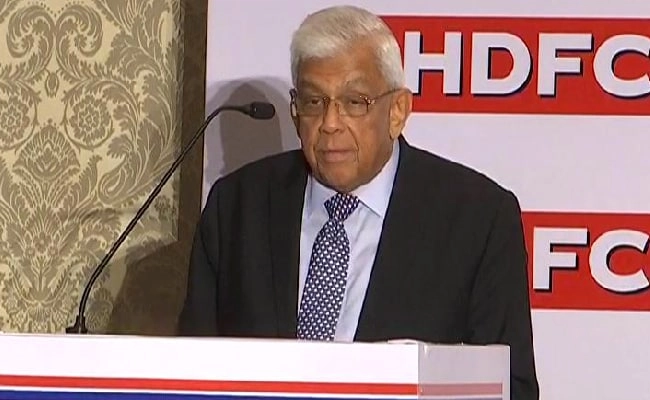In a significant revelation, Deepak Parekh, the former chairman of HDFC Ltd, disclosed that ICICI Bank had made a proposal to acquire HDFC Ltd prior to the announcement of the reverse merger between the two financial giants. This unexpected bid highlights the competitive landscape of India’s banking and financial services sector, where strategic mergers and acquisitions have become a prevalent strategy for growth and market consolidation. The potential acquisition by ICICI Bank could have altered the trajectory of both institutions, reshaping their operational dynamics and market positioning.
The reverse merger, which ultimately took place, allowed HDFC Ltd to merge with HDFC Bank, creating a formidable entity in the financial market. This merger not only expanded the capabilities of the newly formed bank but also provided a unique opportunity for HDFC Ltd to leverage the extensive distribution network and customer base of ICICI Bank. The discussions surrounding the acquisition offer indicate a broader trend in the industry, where major players are actively exploring merger opportunities to enhance their competitiveness in a rapidly evolving marketplace.
Parekh’s insights shed light on the strategic considerations that govern such high-stakes negotiations. The proposed acquisition by ICICI Bank reflects a desire to consolidate resources and enhance operational efficiencies, which is crucial in an era marked by technological disruption and changing consumer preferences. As banks and financial institutions seek to adapt to these challenges, understanding the motivations behind such mergers becomes essential for stakeholders and investors alike.
Moreover, this revelation raises questions about the future of mergers and acquisitions in the financial sector. As institutions like ICICI Bank and HDFC navigate the complexities of growth and competition, the dynamics of their relationships will be closely watched. The competitive bidding and subsequent decisions can set precedents for future transactions, influencing how banks strategize and position themselves in an increasingly interconnected financial landscape.




